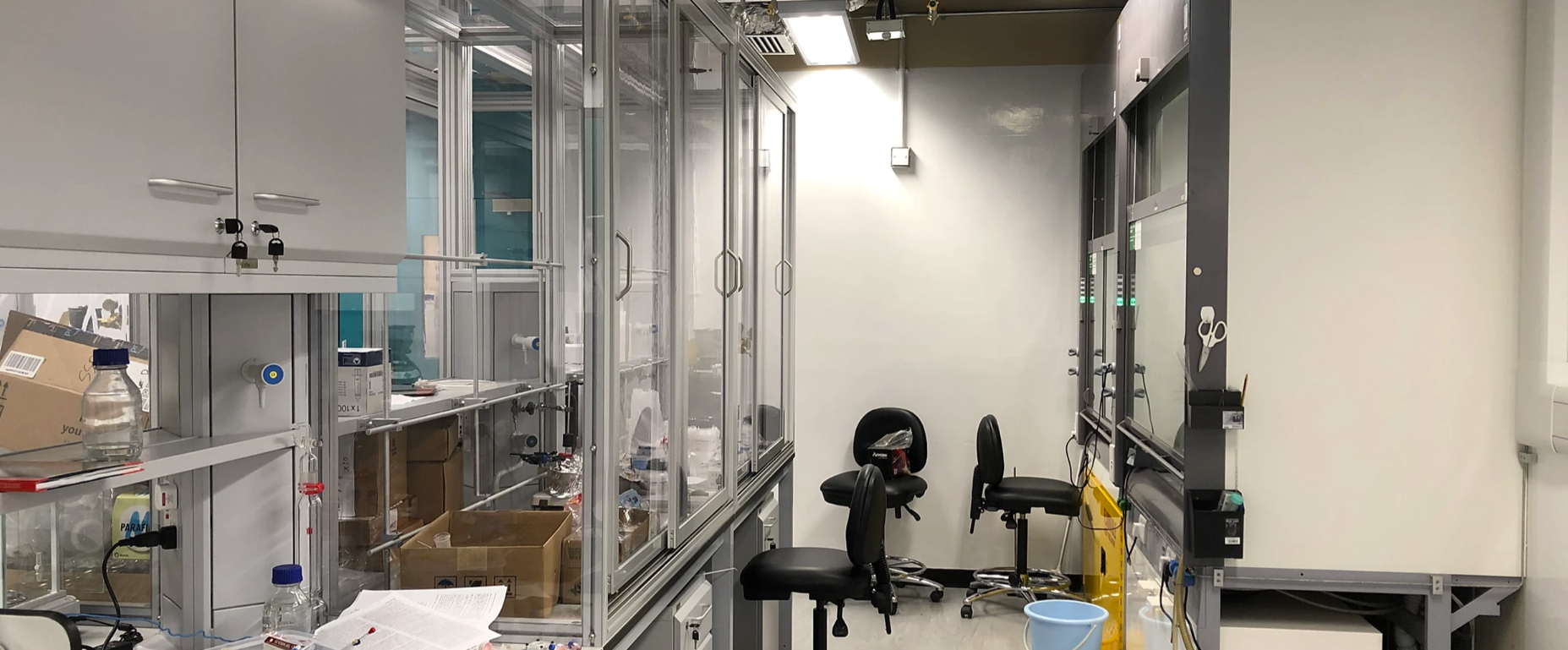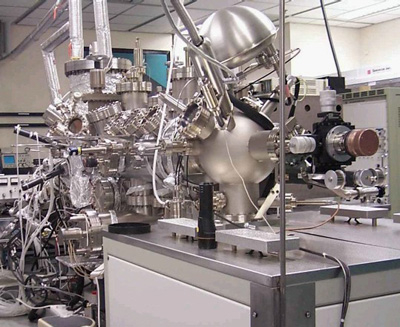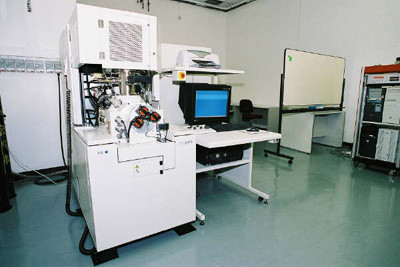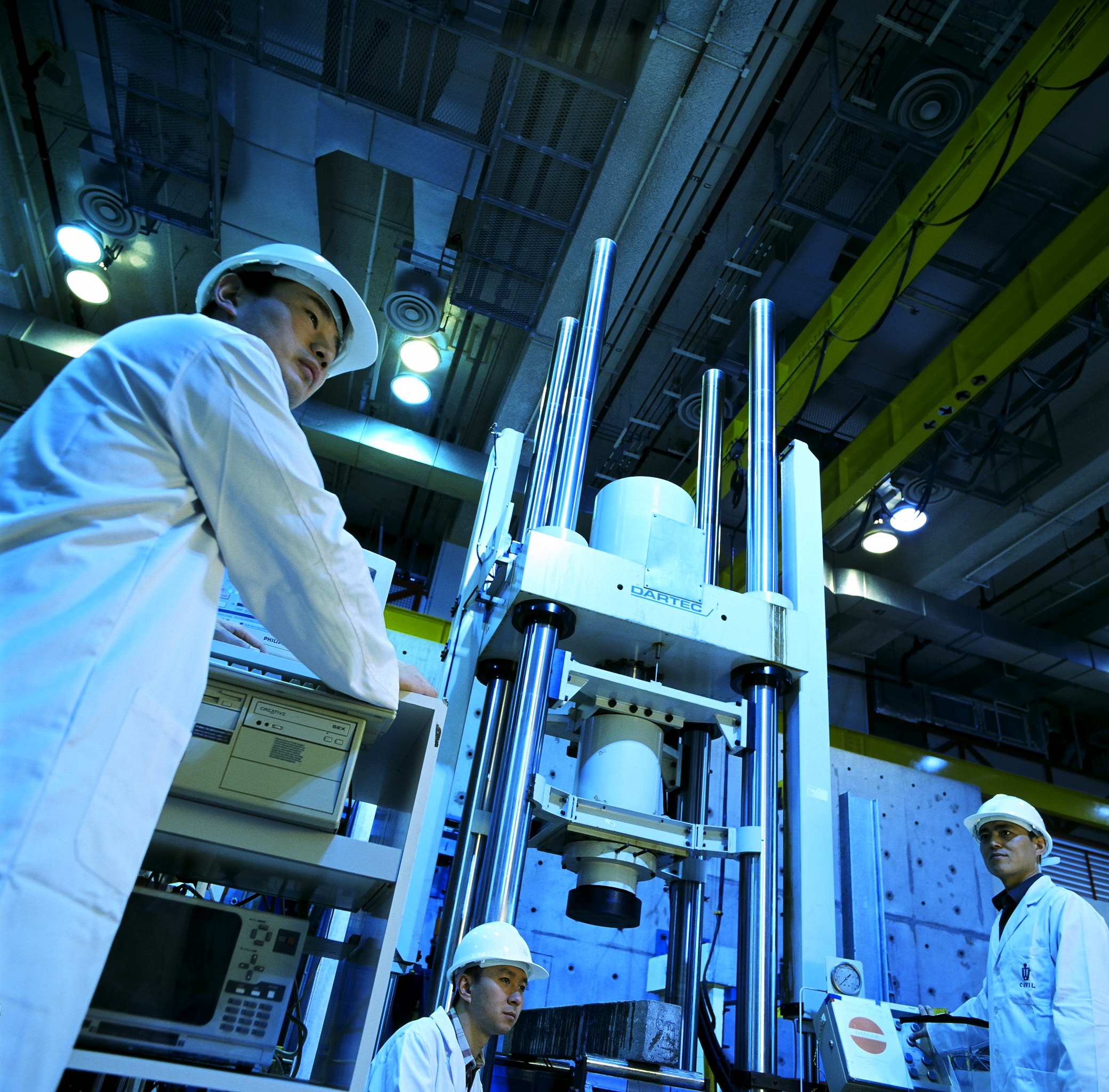Lab Spaces at HKUST
When it comes to Laboratory facilities, various type of labs have different requirements, fitting out specifications and safety measures.
In general, they can be classified into the following main types:
WET Lab
These labs involve conducting experiments and analyses using physical samples, chemicals, and liquids.
They often include chemical reactions.
Dry Lab
These labs focus on experiments and analyses that don't involve the use of chemicals or liquids.
They encompass fields such as computing, optics, electronics, robotics, and mechanics.
Computation
Lab
These labs are virtual laboratories where researchers use software and algorithms to simulate experiments and model complex systems.
It is commonly used in fields such as physics, engineering, and computer science.

Examples of lab space at HKUST
GENERAL OR ANALYTICAL CHEMISTRY LABORATORY
serve as specialized workspaces designed for the safe and controlled handling of a diverse range of chemicals. The general chemistry laboratory primarily focuses on tasks such as compound synthesis, the study of chemical reactions, and the determination of chemical properties. Within these laboratories, a variety of activities are carried out, including the mixing, heating, cooling, distilling, evaporating, diluting, and reacting of chemicals for testing and experimentation purposes.
The analytical chemistry laboratory concentrates on specific activities related to sample analysis, particularly quantitative analysis using specialized instruments like spectrophotometers, gas and liquid chromatographs, and mass spectrometers.
It is worth noting that these laboratories utilize small quantities of hazardous materials, which encompass highly toxic chemicals, volatile liquids, compressed gases, and flammable substances. Therefore, it is crucial to adhere to appropriate safety precautions when working with these materials.
 |
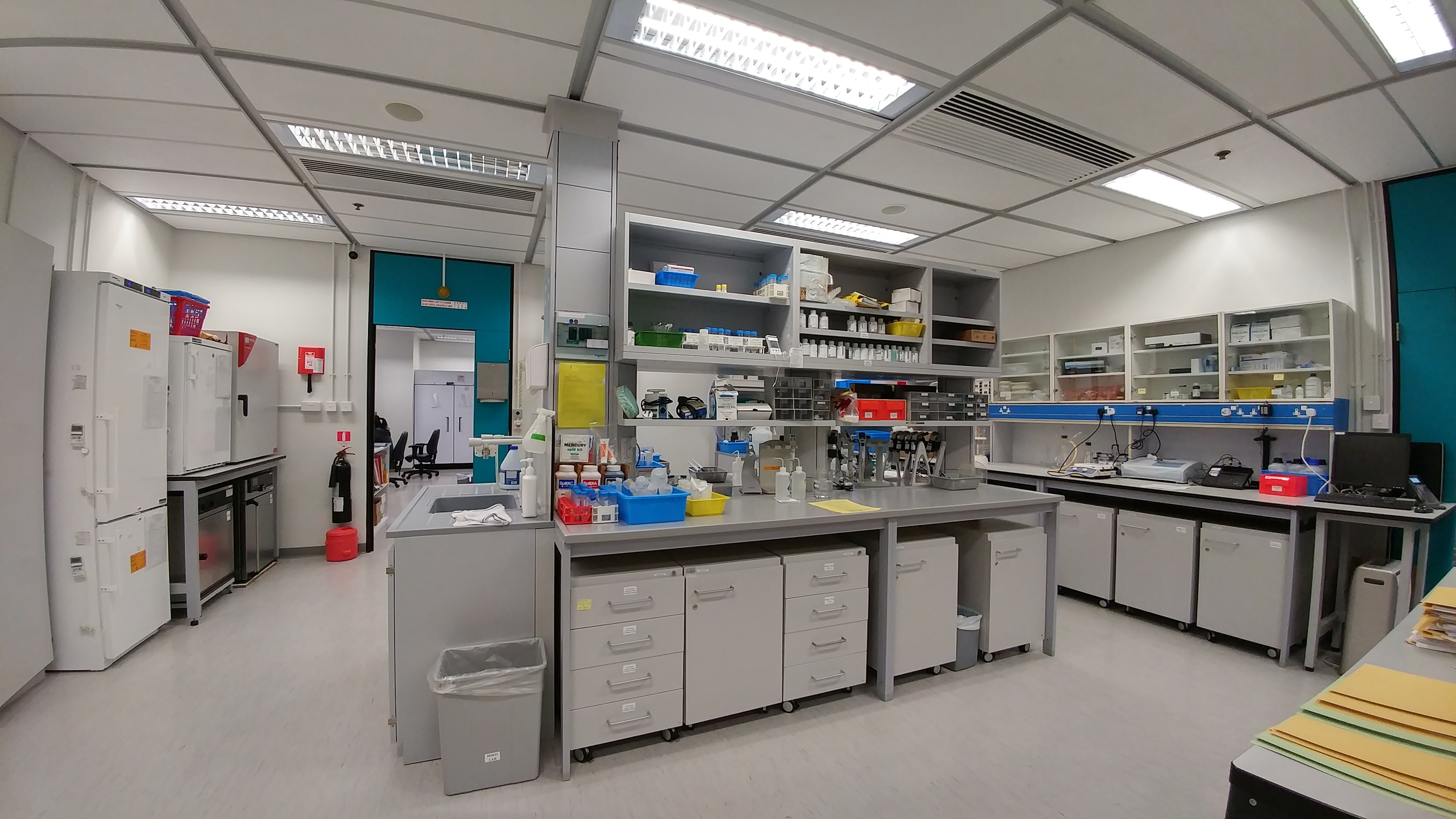 |
CHEMISTRY SYNTHETIC LABORATORY
is a specialized facility equipped for the synthesis and manipulation of complex organic compounds. It is a controlled environment designed to facilitate the research, development, and production of organic molecules through various chemical reactions and processes. It is equipped with a range of specialized instruments and apparatus, including fume hoods, glove boxes, reaction vessels, and heating and cooling devices. These tools enable researchers to perform reactions under controlled conditions, monitor reaction progress, and analyze the chemical composition of the products.
Safety is a crucial aspect of organic synthesis, as many chemicals used in the laboratory can be hazardous. Therefore, organic synthetic laboratories are designed with safety features.
|
|
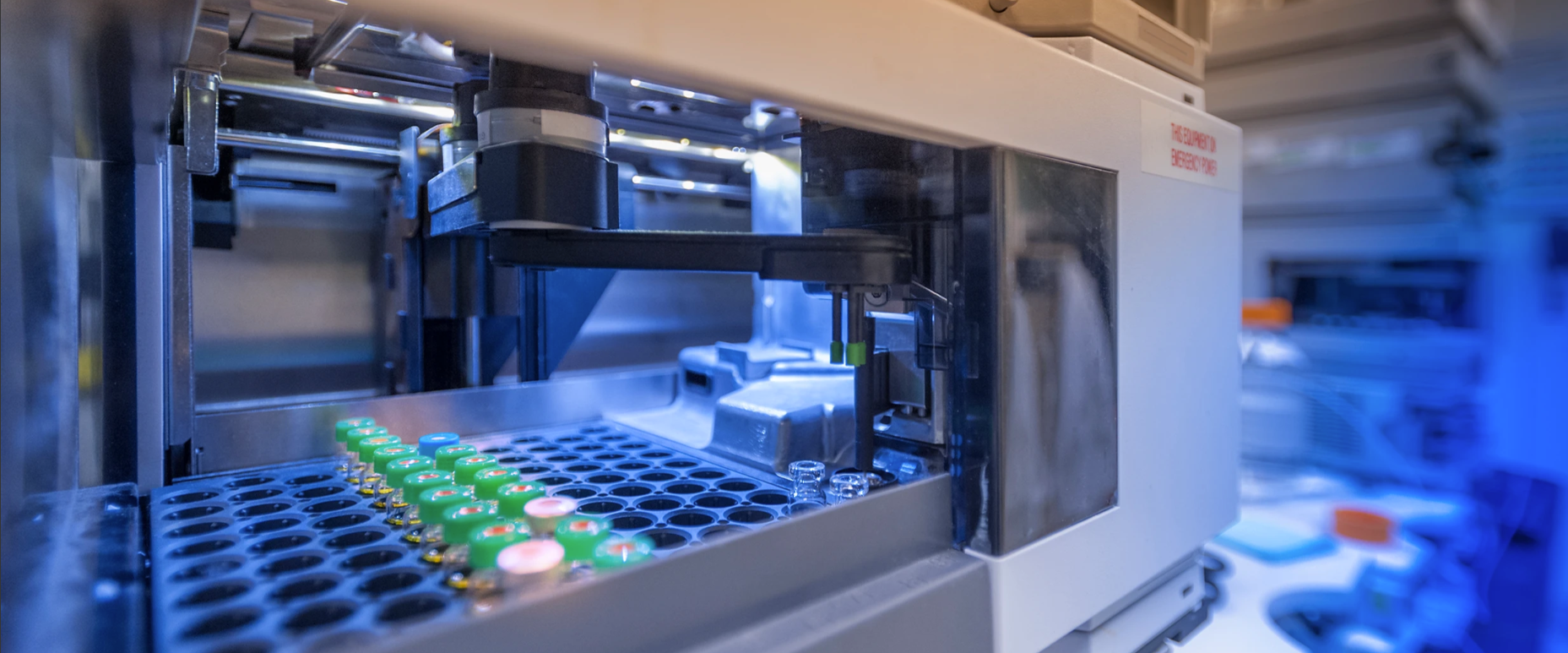 |
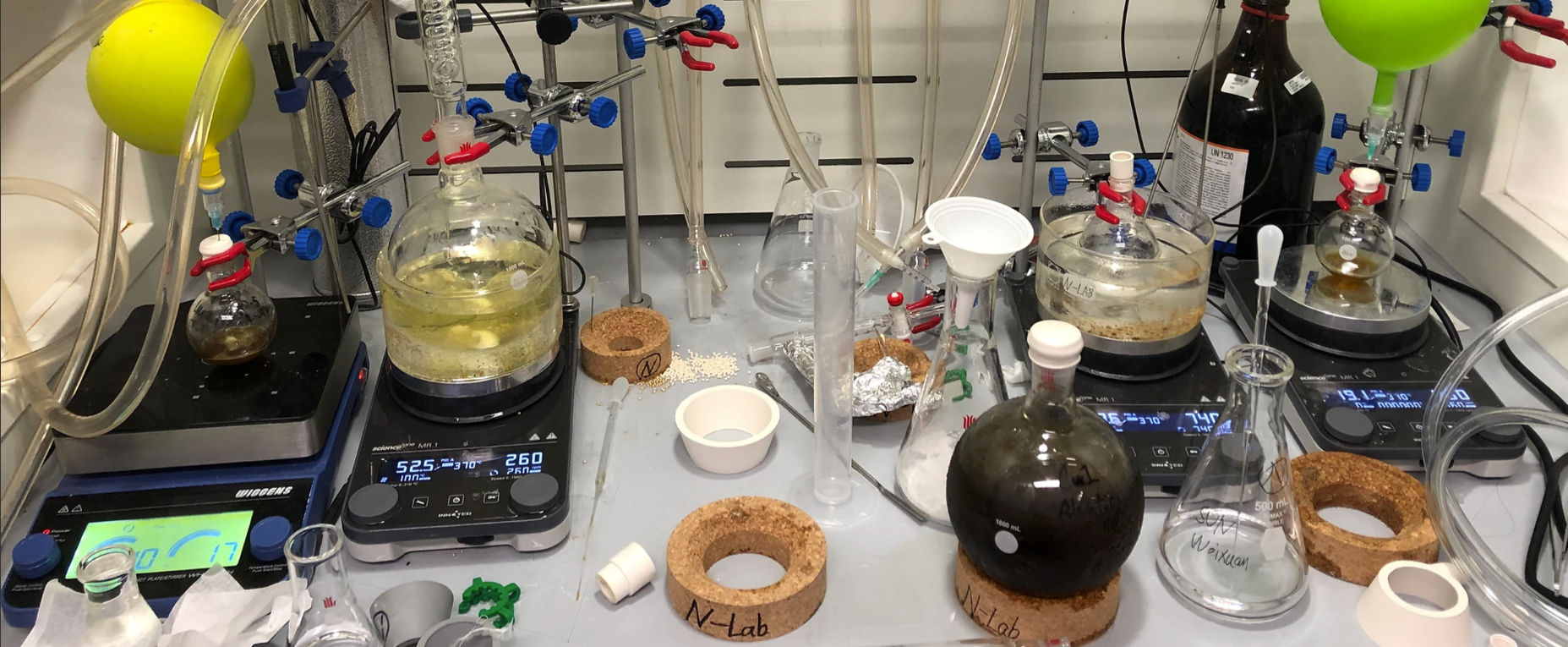 |
RADIATION LABORATORY
is designed to provide a safe and efficient workplace for activities associated with the use of radioactive materials and irradiating apparatus.
The laboratory's design and operation are critical, and special provisions such as the utilization of radiation shielding materials must be made for the additional safety procedures required when radioactive materials or radiation-producing equipment are handled.
The radioisotopes and equipment used in a radiation laboratory will depend on the specific nature of the work, it is essential to adhere to the Radiation Board requirements which encompass the procurement, import, export, possession, storage, use, transport, and disposal of radioactive substances and irradiating equipment.
*. For detailed information, please refer to Section 5.0 titled "Laboratory Design for Radiation Laboratory" within Chapter 23 of the Safety and Environment Protection Manual.
PHYSICS LABORATORY
involves research in various fields including electromagnetism, kinematics, dynamics, vibration theory, quantum mechanics, fluid mechanics, thermodynamics, acoustics, and optics. These scientific investigations utilize a diverse array of advanced mechanical, electrical, hydraulic, and pneumatic systems and equipment. The work activities within the laboratory involve exploring phenomena associated with high current, voltage, intense light sources, magnetics, cryogenics, and high-vacuum systems.
* For detailed information, please refer to Section 6.0 titled "Laboratory Design for Laboratory with Static Magnetic Fields" and Section 8.0 titled “Laboratory Design for Ultra High Vacuum Laboratory” within Chapter 23 of the Safety and Environment Protection Manual.
ENGINEERING LABORATORY
is a dedicated facility where students and researchers conduct experiments, tests, and research related to their respective engineering disciplines.
There are various types of engineering laboratories, each with its specific focus and equipment.
Below are the common laboratory types in different engineering disciplines:
Aeronautical Engineering
is a specialized facility dedicated to research, experimentation, and analysis in the field of aeronautical engineering. It is specifically designed to support the study and development of aircraft and aerospace systems.
Examples include Wind Tunnel Laboratory and Jet and Rocket Propulsion Laboratory.
|
Image
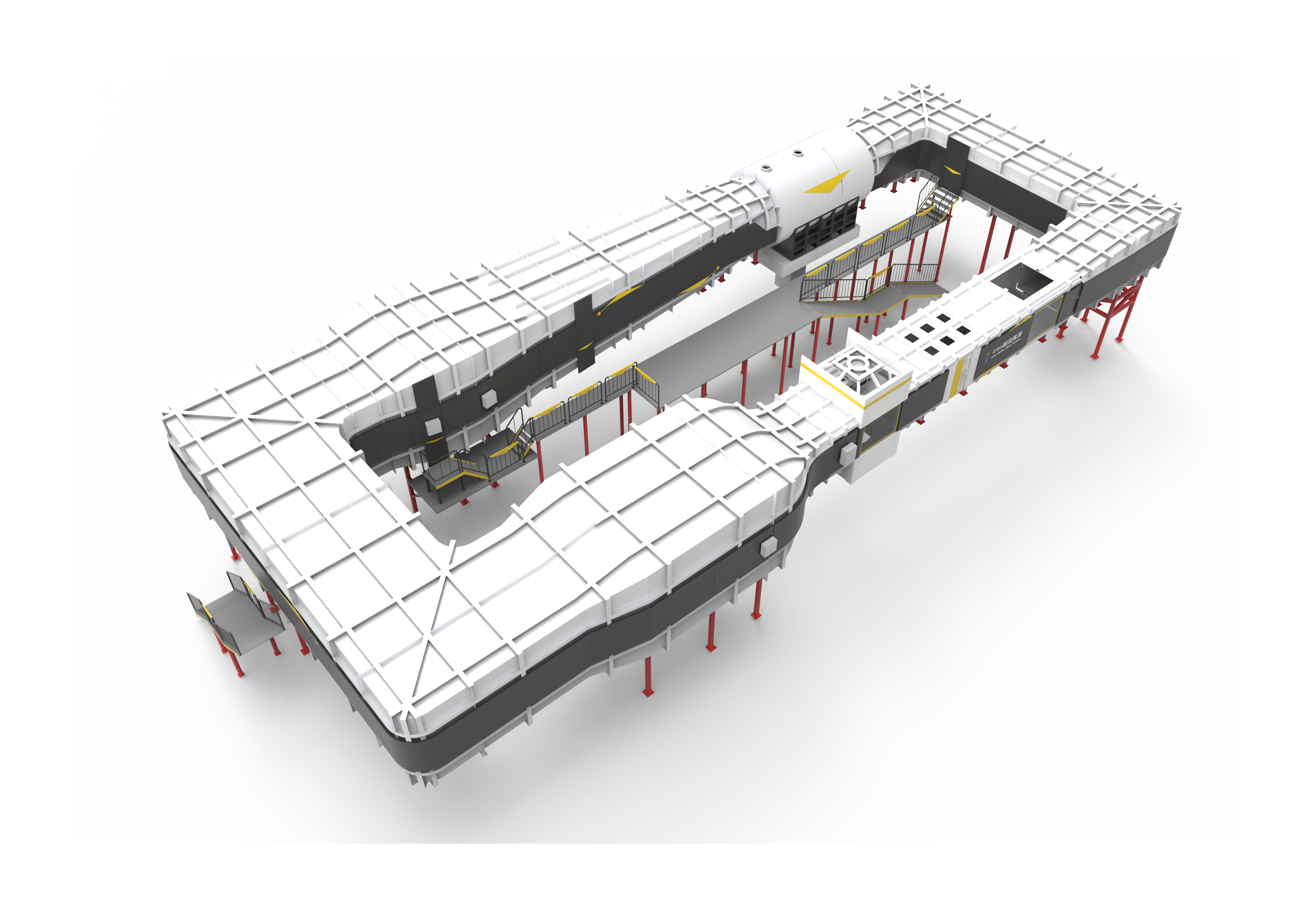 |
Image
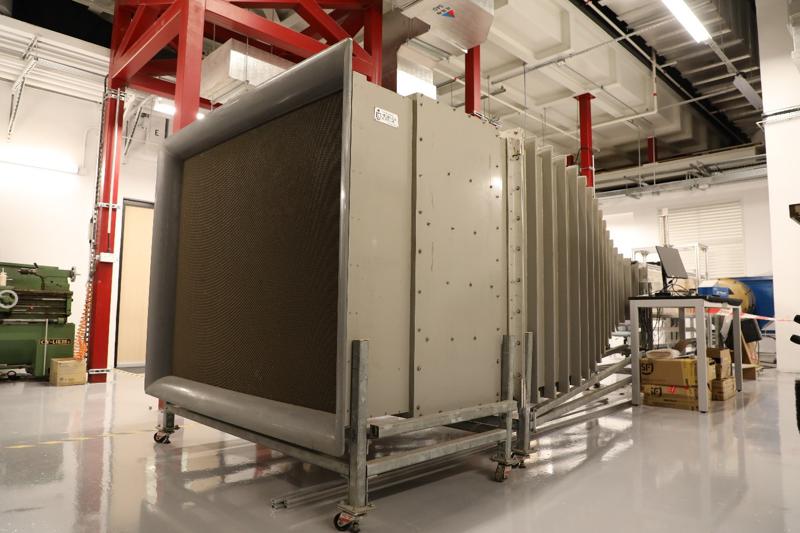 |
| Low Speed Low Noise Wind Tunnel | Small Wind Tunnel |
Civil Engineering Laboratory
is designed to support research and experimentation in the field of civil engineering. It typically includes equipment and tools for testing the properties of construction materials, soil mechanics, structural analysis, and geotechnical engineering.
Examples include Hydraulics Laboratory and Material Analysis and Testing Laboratory.
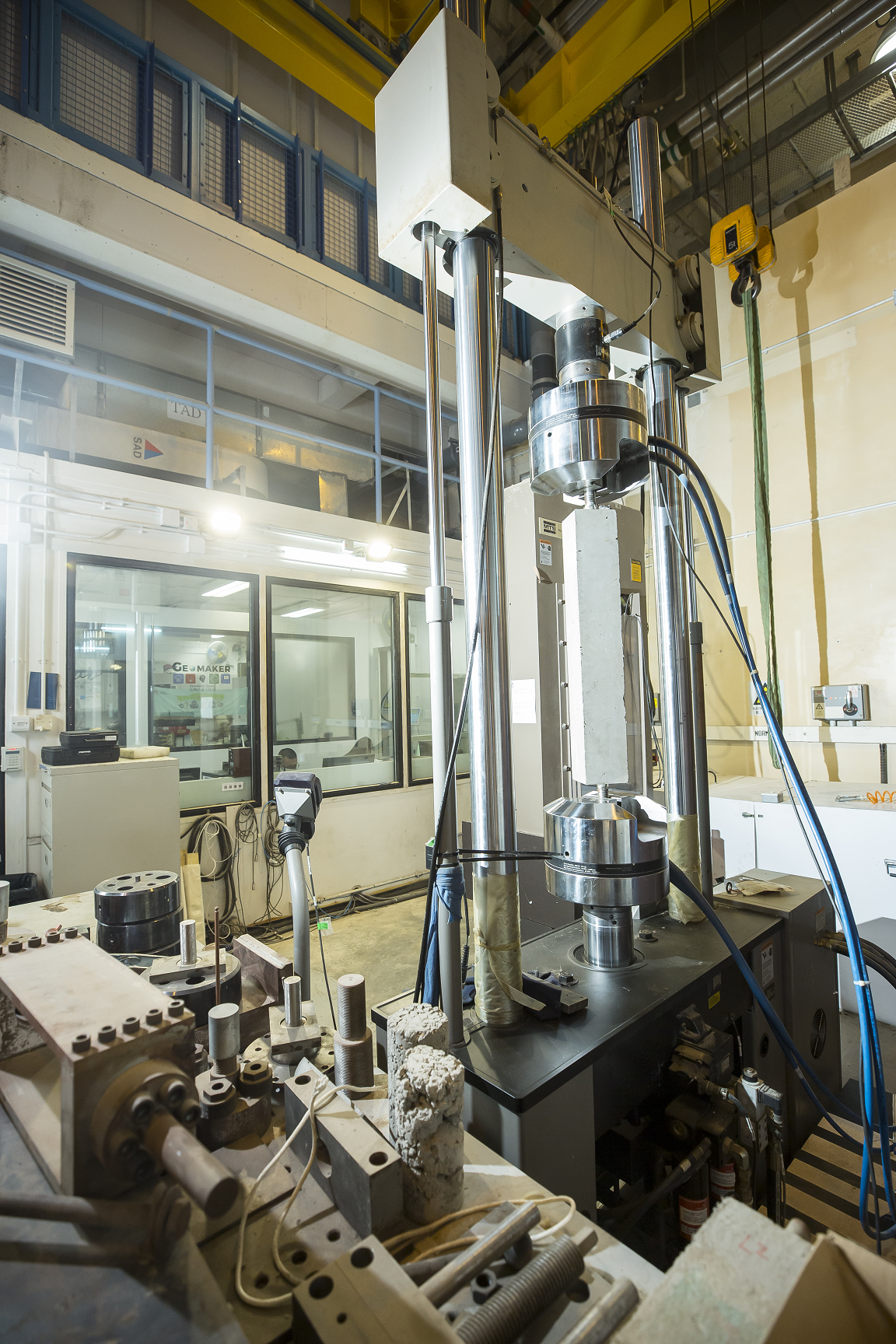 |
 |
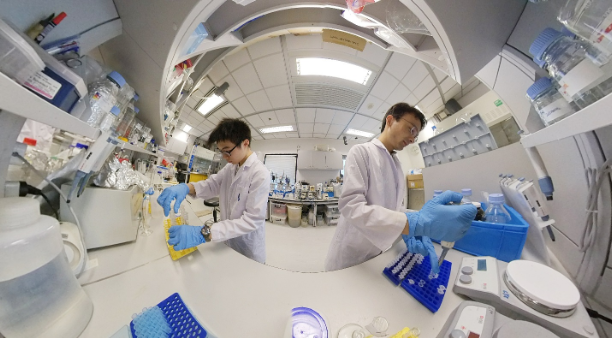 |
|
Electronic and Electrical Engineering
is a dedicated space equipped with specialized equipment and instruments used for conducting experiments, research, and practical training in the fields of electronics and electrical engineering.
The laboratory typically contains a wide range of equipment for performing experiments related to power systems, control systems, telecommunications, signal processing, and other areas of electrical and electronic engineering.
Examples include Integrated Circuit Design Laboratory, Photonic Technology Center and Nanosystem Fabrication Facility.
 |
 |
Mechanical Engineering
is dedicated to conducting experiments and research related to mechanical systems and machinery. It often contains equipment for studying thermodynamics, fluid mechanics, control systems, and materials testing.
Examples include Foundry Laboratory and Internal Combustion and Gas Turbine Engine Laboratory.
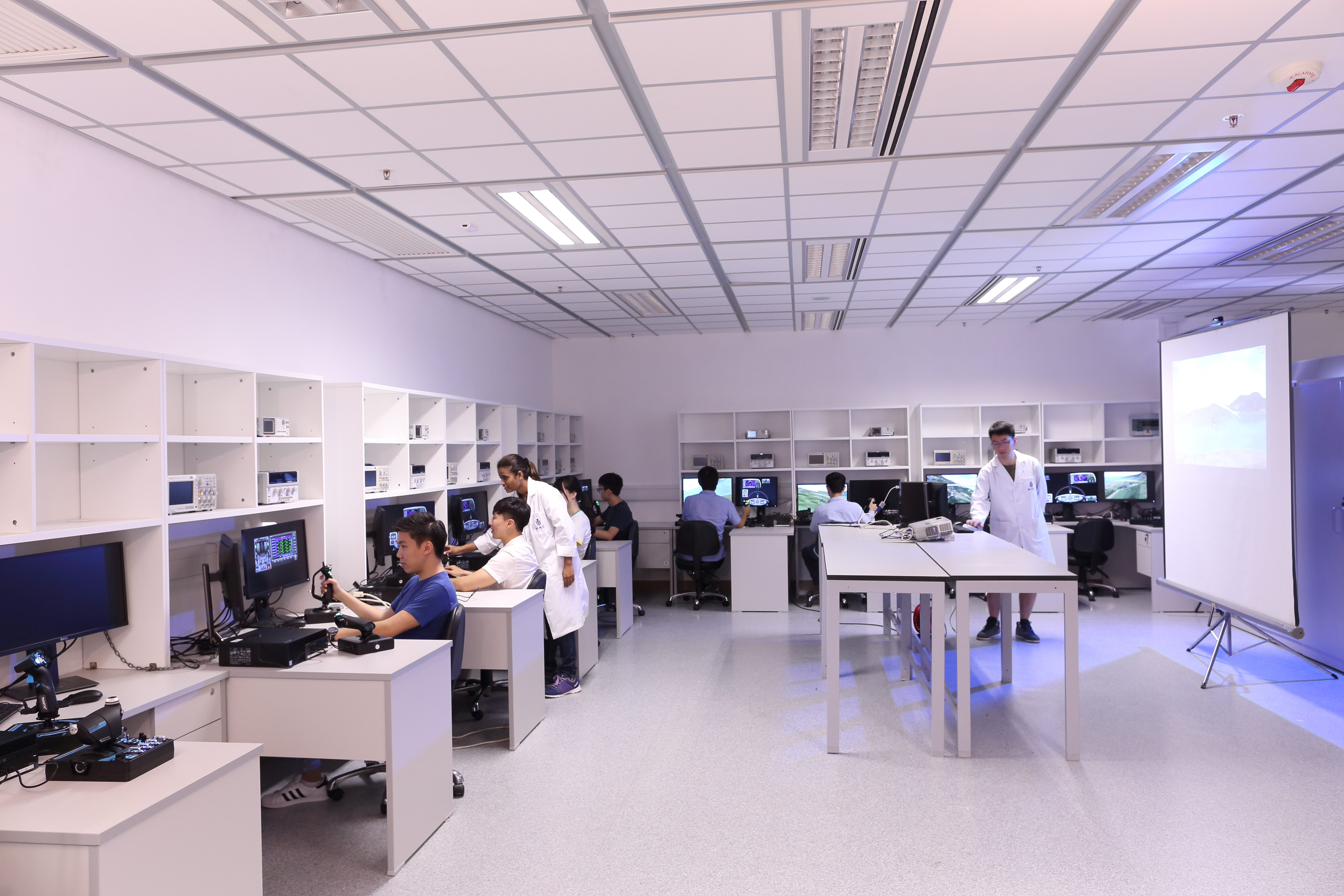 |
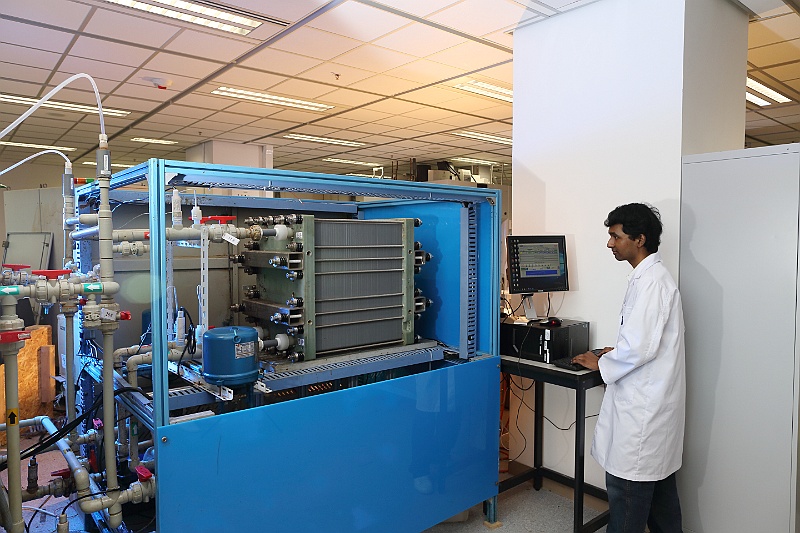 |
NanoTechnology Laboratory
is a specialized facility where researchers work on developing and studying materials and devices that are on a nanoscale level. This field of science focuses on the manipulation and control of materials at the atomic and molecular level, with the goal of creating new materials, products, and technologies with unique properties and capabilities.
The laboratory's work is highly diverse but typically requires strict regulation of temperature and humidity, minimal ground-borne vibration and radiofrequency, a clean environment, deionized water, and yellow lighting.
|
Image
 |
|
Image
 |
|
Image
 |
TEACHING LABORATORY
is designed to provide safe working and learning environments for students of any ages or expertise levels. These laboratories can be wet or dry, depending on the type of experiments performed.
In wet labs, experiments make use of liquid, solid, and gaseous chemicals, whereas dry labs involve minimal usage of liquid chemicals. The selection of materials and equipment in teaching laboratories is dependent on the subjects being taught.
Example laboratory types are listed below:
Microscale chemistry teaching laboratories
is the specialized instructional laboratories that focus on conducting experiments and practical activities using microscale techniques and equipment. In these laboratories, small quantities of chemicals and reduced reaction volumes are employed to perform various chemical reactions and demonstrations.
Studio Laboratory
is a specialized type of instructional laboratory designed to facilitate collaborative and hands-on learning experiences. The studio laboratory concept combines two work zones within a single space, enabling instructors to seamlessly integrate lectures, discussions, experiments, and demonstrations.
ANIMAL RESEARCH LABORATORY
is designed for teaching and research purposes, with modest-sized facilities suitable for small research animals such as rodents.
Animal laboratory provides security, humane care, and healthy environments for the animals, as well as facilities for research and animal care personnel. Design parameters and criteria for individual rooms in animal laboratories must be considered, including animal receiving, quarantine, animal holding, procedure rooms, cage washing and sterilization, sterile surgery, necropsy laboratory, receiving, and shipping dock facilities.
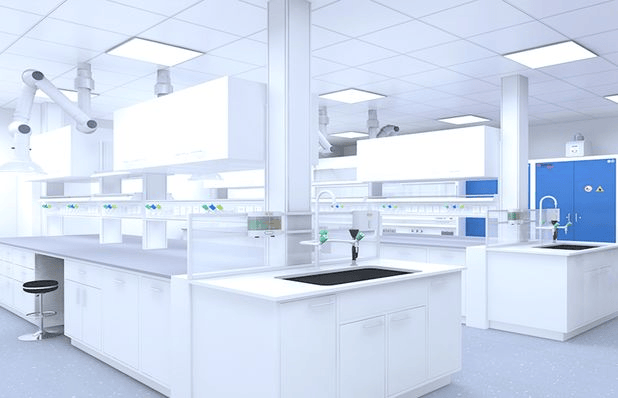 |

